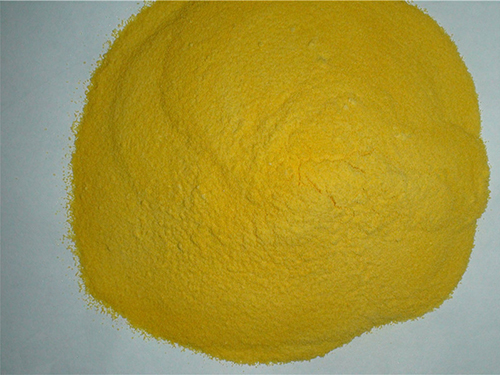Effective Strategies for Water Treatment Using PAM to Enhance Purity and Quality in Various Applications
PAM Water Treatment An Overview
Polyacrylamide (PAM) is a versatile polymer widely used in various water treatment applications due to its ability to flocculate, coagulate, and enhance the sedimentation processes. The increasing demand for clean water and the need to treat industrial wastewater have led to the rising popularity of PAM in water treatment facilities. This article explores the properties, applications, and environmental considerations of PAM in water purification processes.
Properties of PAM
PAM is a synthetic polymer formed from acrylamide monomers, which can be modified to achieve different properties. Its non-toxic nature, high molecular weight, and excellent water solubility make it an ideal candidate for various water treatment applications. PAM exists in different forms, including anionic, cationic, and non-ionic types, each tailored for specific operational requirements. The choice of the PAM type is crucial, as it significantly influences the efficiency of flocculation and sedimentation in water treatment processes.
Applications in Water Treatment
One of the primary uses of PAM in water treatment is as a flocculant. In this role, PAM helps to aggregate fine particles suspended in water, facilitating their removal during the sedimentation process. This is particularly beneficial in surface water treatment, where turbidity can affect water quality. By enhancing particle collision rates, PAM accelerates the formation of larger flocs that can be easily separated from the liquid phase.
pam water treatment

In addition to drinking water treatment, PAM is extensively utilized in industrial wastewater management. Industries such as textiles, mining, and pulp and paper generate large quantities of wastewater containing suspended solids, oils, and chemicals. PAM's ability to improve solid-liquid separation enhances the efficiency of clarifiers and is essential for meeting regulatory discharge standards. Moreover, PAM can be used in sludge dewatering, reducing the volume of sludge generated during water treatment processes, thus decreasing disposal costs.
Environmental Considerations
While PAM has proven effective in enhancing water treatment processes, its environmental impact cannot be overlooked. The production of PAM involves the use of acrylamide, a neurotoxin that poses health risks if not handled properly. As a result, manufacturers must adhere to stringent safety regulations to minimize exposure during production and application.
Moreover, the presence of residual PAM in treated water can be a concern. Although PAM is generally considered non-toxic to aquatic life in small quantities, the long-term effects of its accumulation in ecosystems are not fully understood. Ongoing research seeks to address these knowledge gaps, focusing on the biodegradability of PAM and its potential interactions with other chemicals in water bodies.
Conclusion
PAM is a valuable tool in modern water treatment, offering effective solutions for improving water quality in both municipal and industrial applications. Its ability to enhance flocculation and sedimentation processes makes it an essential component of wastewater treatment technologies. However, as with any chemical agent, responsible usage and thorough consideration of environmental impacts are crucial. By balancing the benefits of PAM with its potential risks, water treatment facilities can continue to provide safe and clean water while safeguarding the ecosystem. As technology advances and research progresses, PAM's role in water treatment is likely to evolve, paving the way for more sustainable practices in the future.
-
Water Treatment with Flocculant Water TreatmentNewsJun.12,2025
-
Polymaleic AnhydrideNewsJun.12,2025
-
Polyaspartic AcidNewsJun.12,2025
-
Enhance Industrial Processes with IsothiazolinonesNewsJun.12,2025
-
Enhance Industrial Processes with PBTCA SolutionsNewsJun.12,2025
-
Dodecyldimethylbenzylammonium Chloride SolutionsNewsJun.12,2025





